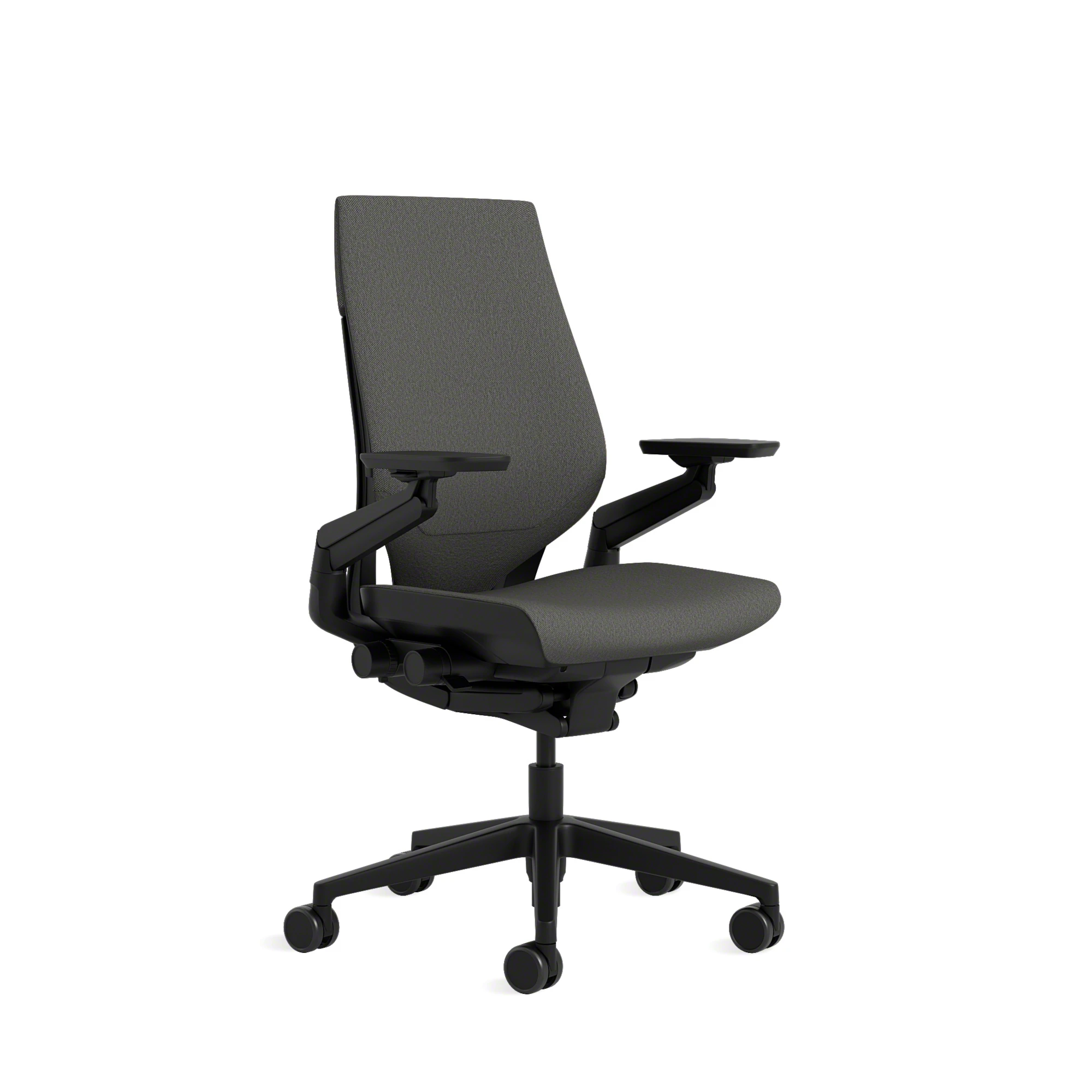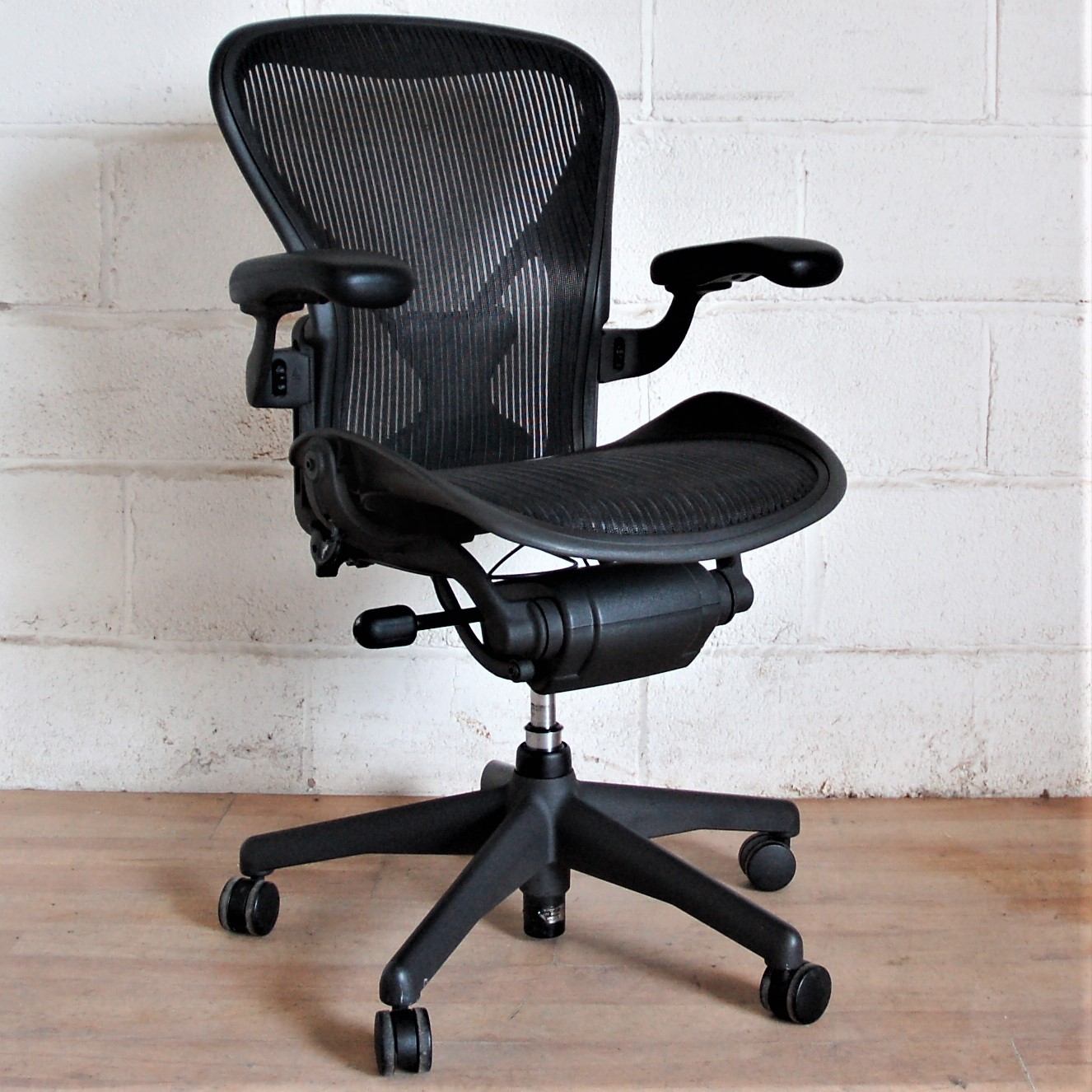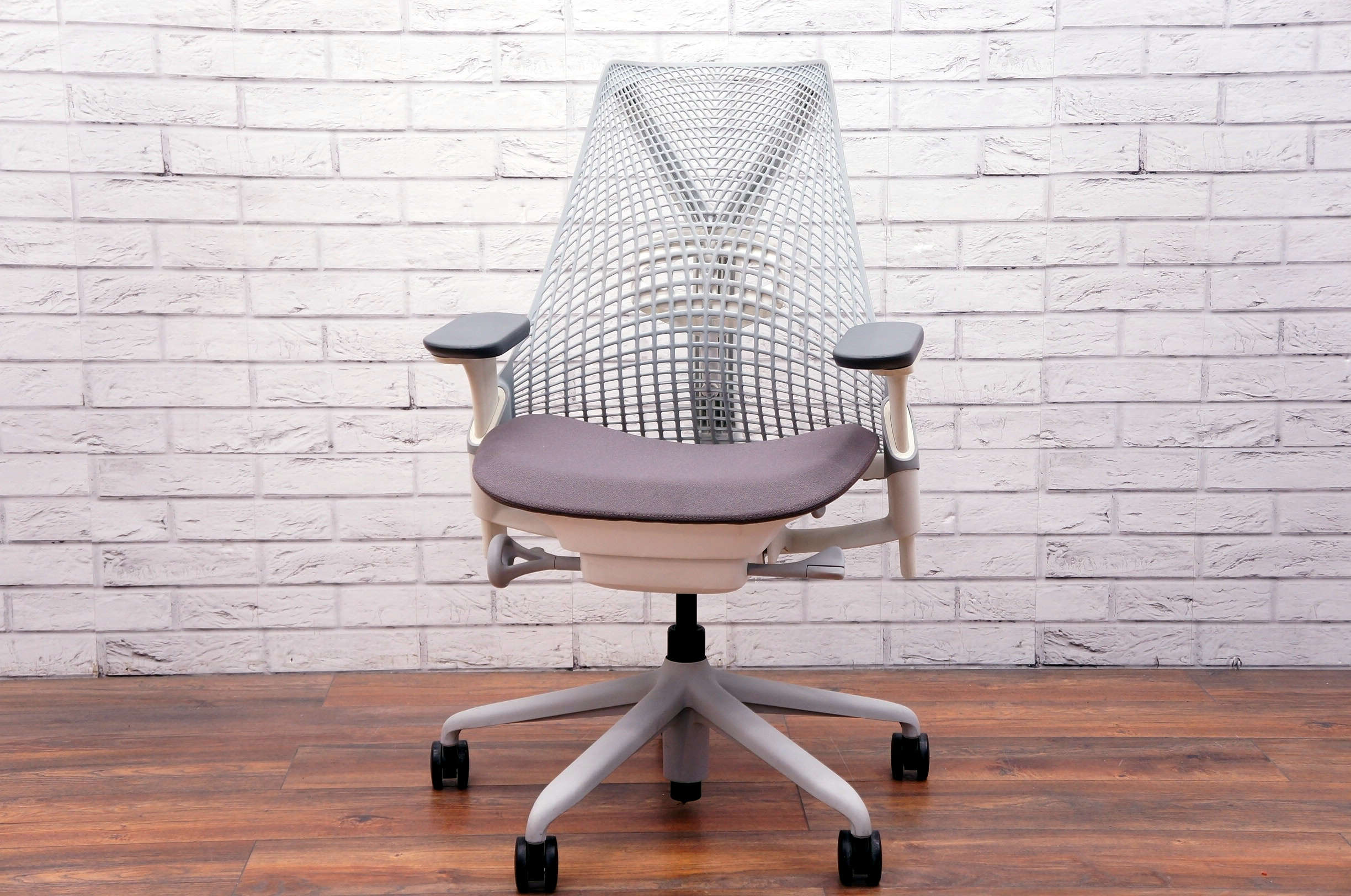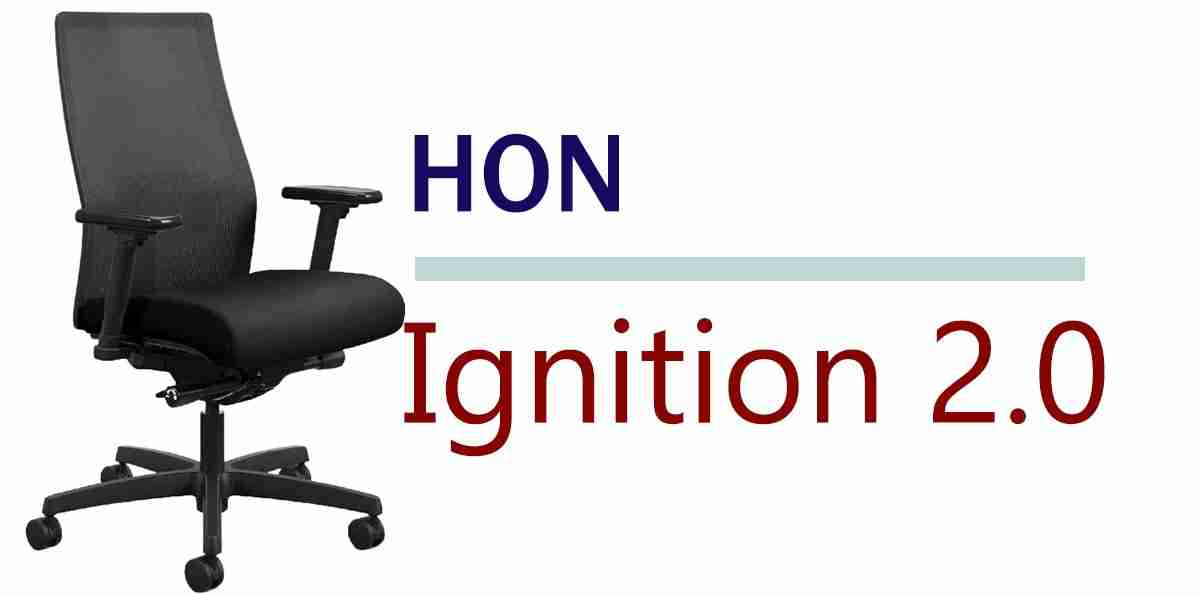Selecting the best office chair for back pain relief requires careful consideration of your specific needs and dimensions. The goal is to find a chair that aligns your body properly to avoid strain while working long hours.
Your Body Dimensions and Ergonomic Requirements
When sitting, you want your knees, hips, and elbows at 90-degree angles, with feet flat on the floor. Chairs should have adjustable features to accommodate your exact proportions.
Key areas to assess relative to your body’s dimensions include:
- Seat height: Allows adjustment so your feet can rest flat on the floor without pressure behind the knees.
- Seat depth: Should match thigh length to avoid cutting off circulation or leaving a gap behind the knees.
- Seat width: Wider seats work better for larger frames, while narrower seats prevent smaller users from sliding side to side.
- Armrests: Should adjust high enough to support your shoulders and elbows without raising your shoulders.
- Lumbar support: Contours to fit the inward curve of your lower back for alignment and pain relief.
- Headrest: Takes pressure off the neck and upper back muscles if you recline.
Choosing options like an adjustable lumbar support and 3D adjustable armrests allows custom alignment for your back’s unique curvature and proportions.
Top Picks for Office Chairs That Reduce Back Pain
After extensive testing and research, these ergonomic office chairs consistently rise to the top for all-day back support:
Best Overall: Steelcase Gesture Chair
The Steelcase Gesture chair is our top choice for reducing back pain thanks to its unparalleled adjustability and durable build.

Key Features:
- Adjusts to User’s Movements: The 3D LiveBack contours to mimic spine movement for full support.
- Highly Customizable: Arms, seat, and back adjust in multiple directions to fit all body types.
- Durable Construction: Designed for multi-shift use, up to 400lb weight capacity.
The Gesture truly moves with you, encouraging healthy postures tailored to your changing needs throughout the long workday.
Runner Up: Herman Miller Aeron Chair
The iconic Herman Miller Aeron chair has long set the standard for ergonomic comfort using technical innovation.

Key Attributes:
- Modern, Minimalist Aesthetic: Pellicle mesh material looks sleek and transparent.
- Breathable Support: The 8Z Pellicle suspension keeps air circulating to prevent heat buildup.
- Fully Adjustable: Tilt, seat height, arms, and PostureFit SL align to your body.
With extensive customization across three sizes, the iconic Aeron provides exceptional comfort through smart ergonomic design.
Also Great: Herman Miller Sayl Chair
The Herman Miller Sayl chair’s unique unframed back offers personalized support in a minimalist, affordable package.

Key Qualities:
- Suspended Back Design: Mimics a suspension bridge, flexing and conforming naturally.
- Eco-Friendly Materials: Contains no PVCs, up to 94% recyclable.
- Budget-Friendly Price: Lower cost than the Aeron or Gesture.
Sayl provides exceptional ergonomic performance by focusing materials only where needed, at a more accessible price point.
Best Budget Pick: HON Ignition 2.0
The HON Ignition 2.0 chair offers surprising adjustability and durability given its reasonable price tag.

Key Advantages:
- Sturdy Construction: Supports up to 250lbs despite the low cost.
- Adjustable Arms: Change arm height and width to dial-in fit.
- Lumbar Cushion: Provides extra lower back support.
While budget models can lack features, the Ignition 2.0 focuses spending on ergonomic must-haves to best serve users within a reasonable budget.
Key Factors in Choosing an Ergonomic Office Chair
Beyond the top recommendations above, several other factors play a role in selecting the best ergonomic office chair for your back pain needs:
Testing Chairs First-Hand
Sitting in chairs directly before buying allows you to assess comfort and alignment. Focus on:
- Spinal curvature fitting the backrest shape
- Thighs fully supported without pressure points
- Armrests shoulder-height without hunching shoulders
If possible, test chairs for at least 20-30 minutes doing typical work tasks to judge long-term support.
Weight Capacity
Verify the chair’s weight capacity suits your needs, as too little capacity causes premature failure. Popular ergonomic chairs like the Steelcase Leap rate for 300-400 lbs, accommodating most users.
Specialized Features
Extra features that may aid back pain include:
- Lumbar height adjustment: Allows custom positioning for spinal alignment.
- Massage functions: Help relax muscles to reduce strain and discomfort.
- Recline locking: Supports periodic full recline to take pressure off the spine.
Evaluate whether advanced features justify any additional costs for your usage.
Warranty Coverage
Since ergonomic chairs represent a significant investment, a longer warranty provides peace of mind. Leading manufacturers offer 10+ year coverage for 24/7 use across all components, including:
- Hydraulic cylinders for height adjustment
- Tilt mechanisms
- Casters
- Moving parts
More expansive warranties increase the usable lifespan, enhancing value.
Maintaining Your Office Chair for Optimal Back Support
Proper chair maintenance ensures components stay in top condition for healthy posture over years of use:
Adjustment for Continued Fit
As your needs change, readjust chair features to provide custom alignment and comfort:
- Seat height/depth: Position thighs fully supported and feet flat.
- Lumbar support: Contour to support the spine’s inward curve.
- Armrests: Align to eliminate shoulder hunching.
Refer to the manufacturer’s adjustment guide if unsure how to optimize settings.
Regular Deep Cleaning
Every 3-6 months, do a deeper clean by:
- Vacuuming crevices to remove debris and dust.
- Using mild soap and water on cushions and mesh.
- Disinfecting high touch areas with gentle cleaners to prevent bacteria buildup.
Avoid harsh chemicals that may degrade materials prematurely.
Inspect and Replace Worn Parts
Check casters, hydraulics, meshes, and cushions every 6-12 months for damage. Replace worn parts proactively to avoid impairment or sudden failure while in use.
Following this chair care regimen boosts ergonomic integrity for back support and pain relief over years of use. Reach out with any other questions!
